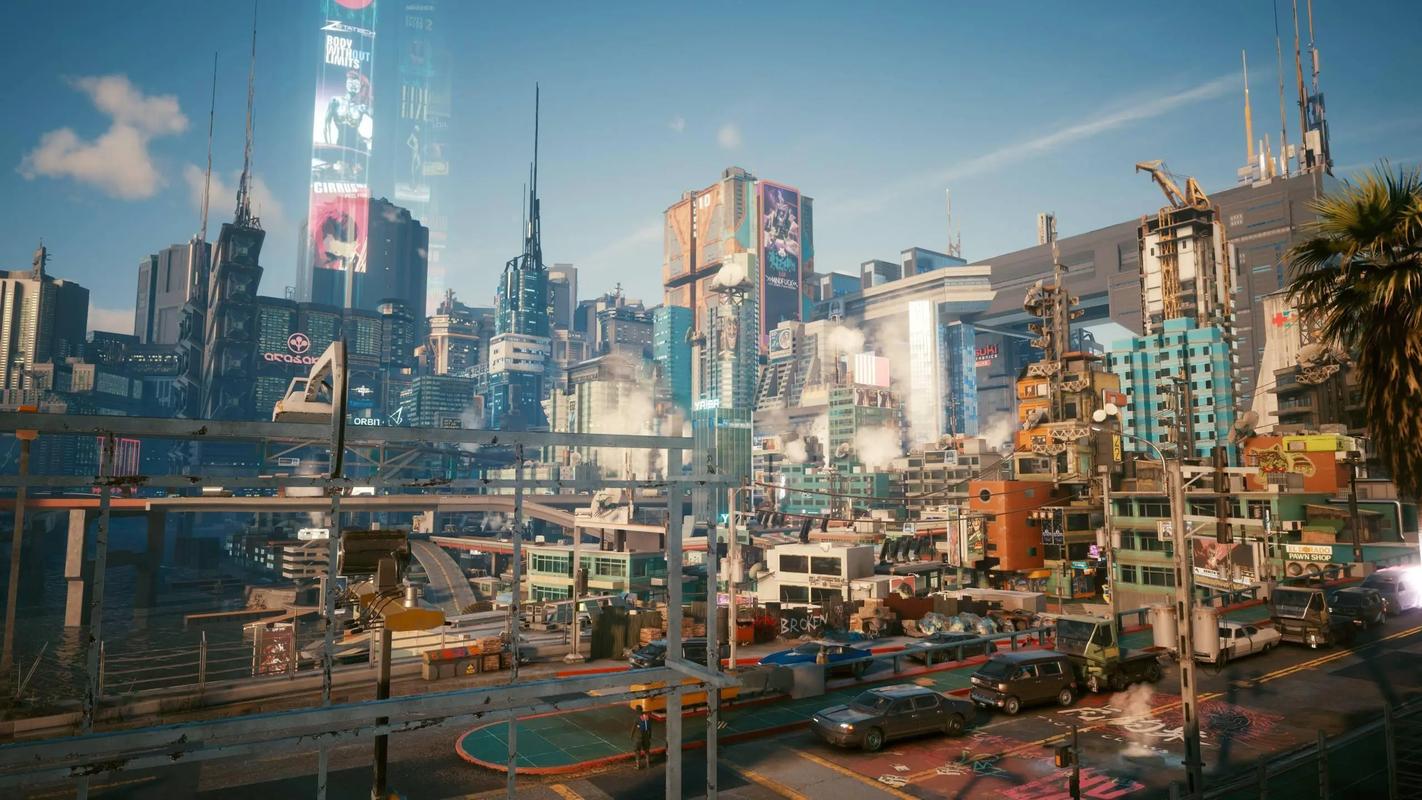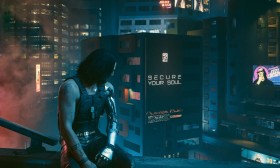Fire Emblem: Radiant Dawn stands as a monolith within the JRPG genre, a sequel that is both revered and contested. Released in 2007 for the Nintendo Wii, it continues the story of its acclaimed predecessor, Fire Emblem: Path of Radiance. Yet, to label it merely as a "sequel" feels insufficient. It is an epic, a sprawling political and spiritual war narrative that dares to be ambitious, complex, and unapologetically challenging. The question of whether it is "worth playing" is not one with a simple answer, but rather an exploration of what a player seeks in a deep tactical experience. For those who value intricate world-building, profound strategic depth, and a narrative that refuses to offer easy answers, Radiant Dawn is not just worth playing; it is essential.
A Narrative of Shifting Perspectives, Not a Single Hero
The most defining and potentially divisive aspect of Radiant Dawn is its narrative structure. Unlike most JRPGs that follow a single protagonist or a core group, the game is divided into four distinct parts, each shifting the player's perspective to a different faction in the continental war on the continent of Tellius.
Part I focuses on the Dawn Brigade, a small ragtag group of freedom fighters in the oppressed nation of Daein, struggling against the occupying forces of Crimea. Here, the player controls Micaiah, a silver-haired maiden revered as a "Maiden of Dawn" by her people. Immediately, the game subverts expectations. Players of Path of Radiance spent dozens of hours fighting for the heroic Ike and the nation of Crimea. Now, they are cast in the role of the "enemy," fighting against the very heroes they once commanded. This brilliant narrative device forces the player to understand that there are no true villains in this war, only conflicting ideologies, nationalistic pride, and tragic circumstances.
Part II then shifts to Princess Elincia of Crimea, now queen, grappling with the immense pressures of rulership, political intrigue, and a brewing civil war. This section is a masterclass in political drama, emphasizing that winning a war is far easier than securing a lasting peace. The battlefield is replaced by the throne room, and the stakes are just as high.
Part III reunites the player with Ike and the Greil Mercenaries, now thrust back into the conflict on a grander scale. The perspective shifts continue, creating a dizzying and morally complex tapestry. You are forced to fight and kill units you painstakingly leveled and grew attached to in previous parts. This is not a game about good versus evil; it is a game about the brutal, unforgiving nature of war itself. The narrative culminates in Part IV with a cosmic threat that unites the warring factions, a twist that some criticize as a jarring shift from the grounded political story. However, it is a logical conclusion to the laguz-beorc (animal tribe vs. human) racial themes established across both games, resolving the world's foundational conflicts on a mythological scale.
Unparalleled Strategic Depth and Brutal Difficulty
From a gameplay perspective, Radiant Dawn represents the pinnacle of traditional, pre-Awakening Fire Emblem design. The strategy is deep, demanding, and often unforgiving. The game is famously difficult, particularly on its western "Normal" mode (which is actually the Japanese "Hard" mode). This is not a game for the faint of heart. Permadeath is ever-present, and tactical mistakes are punished severely.
The game introduces several mechanics that elevate the strategic complexity. The most significant is the height advantage system, where units on higher terrain gain massive accuracy and avoid bonuses. This makes map positioning more critical than ever. The weapon triangle is expanded to include knives and crossbows, creating a more nuanced rock-paper-scissors dynamic. The Laguz (shapeshifter) units are far better balanced and integrated than in Path of Radiance, with manageable transformation gauges that make them powerful, reliable assets.
Furthermore, the game's structure, with its constantly rotating armies, is a double-edged sword. On one hand, it prevents the player from relying on a single overpowered "juggernaut" unit. You must learn to manage multiple armies, distributing experience and resources wisely. On the other hand, it can be frustrating to invest in the Dawn Brigade in Part I, only to have them sidelined for large portions of the game, returning underleveled and ill-equipped for later, more brutal chapters. This design choice reinforces the narrative's scale but can test a player's patience.
A Cast of Thousands, with Uneven Development
With a narrative spanning an entire continent, Radiant Dawn boasts one of the largest casts in series history. This is both a strength and a weakness. The returning characters from Path of Radiance benefit from established backstories and relationships. Seeing characters like Ike, Soren, and Titania mature and face new challenges is incredibly rewarding for series veterans.
However, the new characters, particularly the core Dawn Brigade (Micaiah, Edward, Leonardo, and Nolan), suffer from a lack of screen time. While Micaiah's role in the plot is central, her companions receive minimal development outside of optional base conversations. The game assumes a significant amount of player investment from its predecessor, and newcomers may find it difficult to connect with the vast array of faces. The heart of Fire Emblem has always been in its characters, and Radiant Dawn's ambitious scope sometimes comes at the cost of intimate character moments, leaning more on the legacy of the previous game to fill in the emotional gaps.
A Legacy of Contention and Beauty
Visually, Radiant Dawn is a product of its time. As an early Wii game, it does not boast the graphical fidelity of its GameCube predecessor, instead utilizing upscaled character models that can appear jagged. Yet, its art direction remains stunning. The concept art and character designs by Senri Kita are gorgeous, and the battle animations, while slower than modern entries, are filled with weight and personality. The soundtrack is a masterpiece, building upon the themes of Path of Radiance with more orchestral and choral arrangements that perfectly capture the game's epic and somber tone.
Verdict: A Demanding Masterpiece for the Discerning Strategist

So, is Fire Emblem: Radiant Dawn a JRPG sequel worth playing? The answer is a resounding, but heavily qualified, yes.
It is not the most accessible entry point into the Fire Emblem series. Its brutal difficulty, fragmented narrative structure, and heavy reliance on knowledge of Path of Radiance create significant barriers to entry. A player new to the series would be better served by starting with Fire Emblem: Awakening or Three Houses.
However, for the player who has experienced Path of Radiance and craves a deeper, more challenging, and more ambitious tactical experience, Radiant Dawn is unparalleled. It is a game that respects its player's intelligence, presenting a morally grey story of war and a combat system that demands perfection. It is a flawed masterpiece—a game whose ambitions sometimes outpace its execution, but whose highs are so monumental that they cement its status as a classic. It is not a comfortable game, but it is a profound one. In an era where sequels often play it safe, Radiant Dawn remains a bold, unforgettable, and ultimately worthwhile journey for those willing to embrace its immense challenges.














